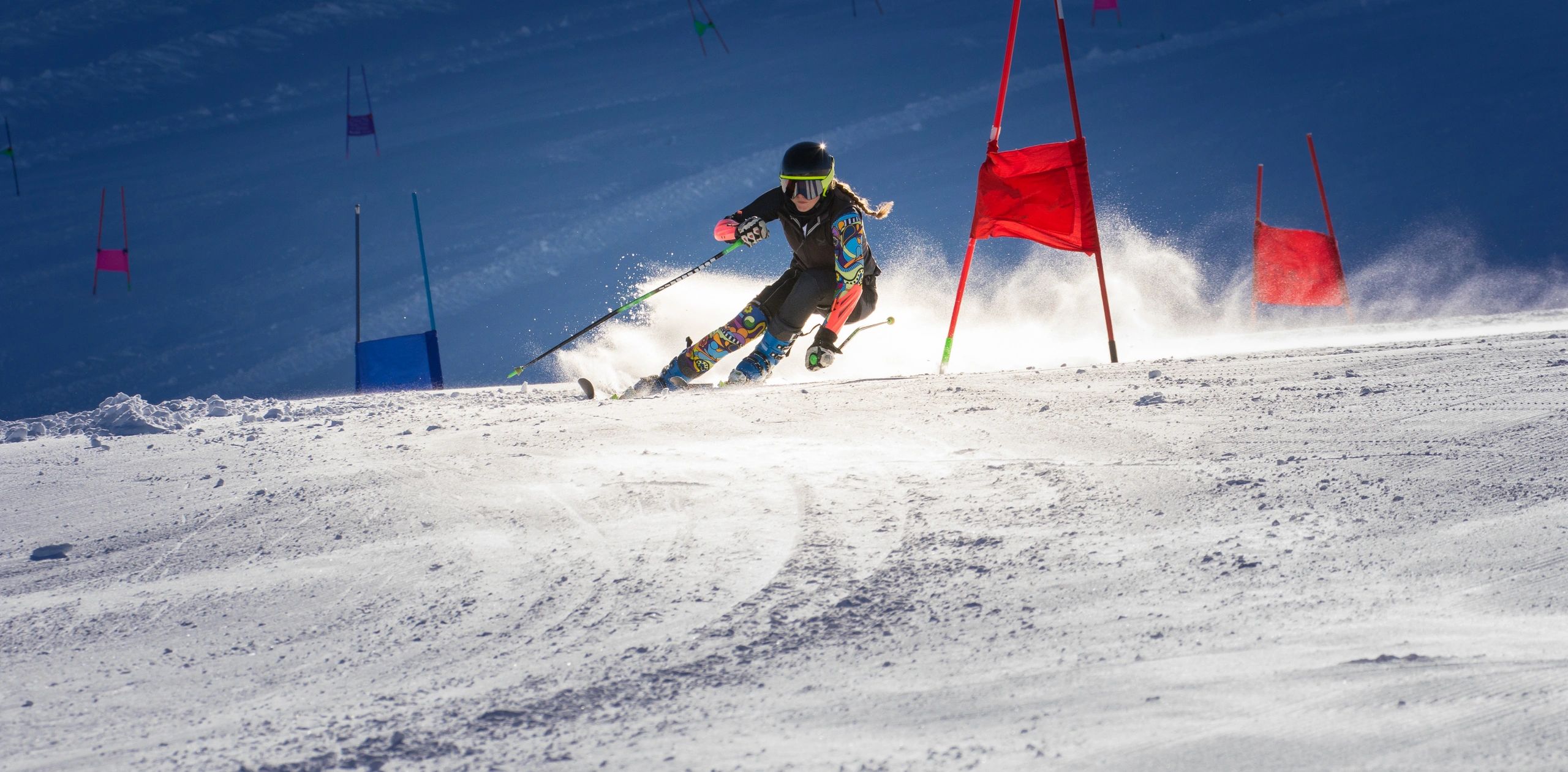Had an opportunity to speak with a gentleman who has spent decades tuning skis. He uses a technique to wax where he rubs wax on the base of the ski, then instead of ironing, presses the wax into the base using a rounded plexiglass scraper (again, rounded as not to scratch/cut the base as he does so). His reasoning was that a hot iron (even a proper wax iron at the lowest setting for the wax) can have a negative effect on the construction of the ski, as the heat could degrade the glue used in the ski's construction. After he presses the wax in, he brushes the ski with a roto brush.
Has anyone ever seen this technique and have their thoughts on it? Debating trying it out instead of a hot wax this weekend. Seems like it might take a while to master but if the results are the same as a hot wax it might be worth it on the skis I want to baby.
Thanks!
Has anyone ever seen this technique and have their thoughts on it? Debating trying it out instead of a hot wax this weekend. Seems like it might take a while to master but if the results are the same as a hot wax it might be worth it on the skis I want to baby.
Thanks!


